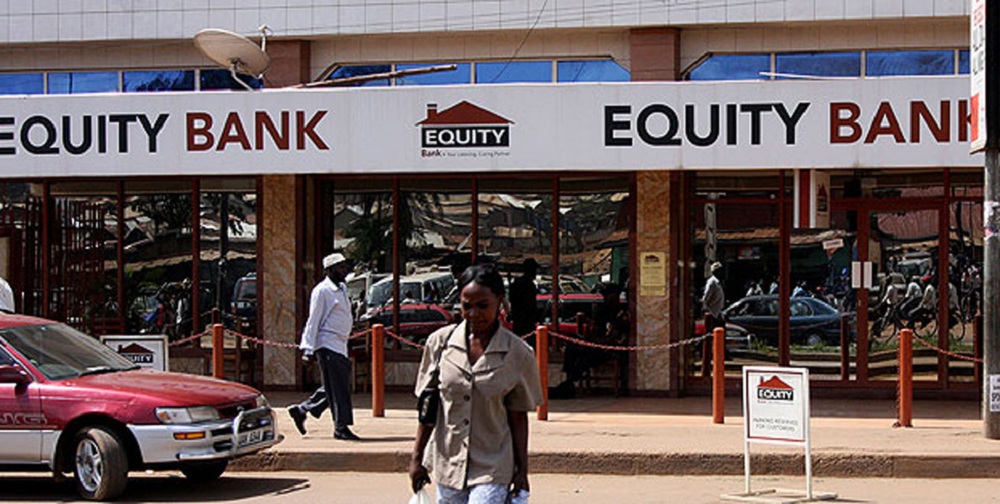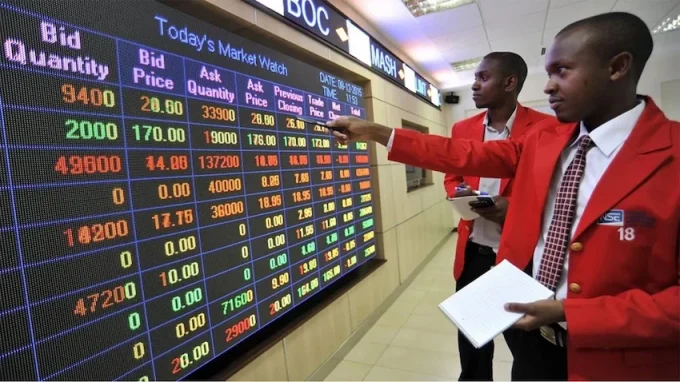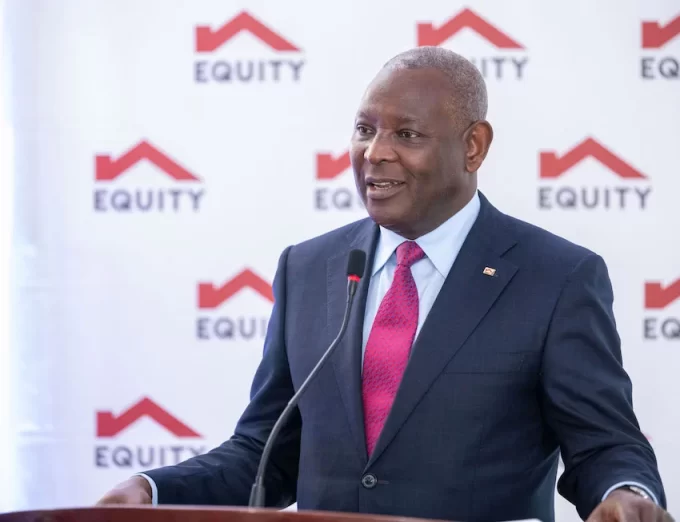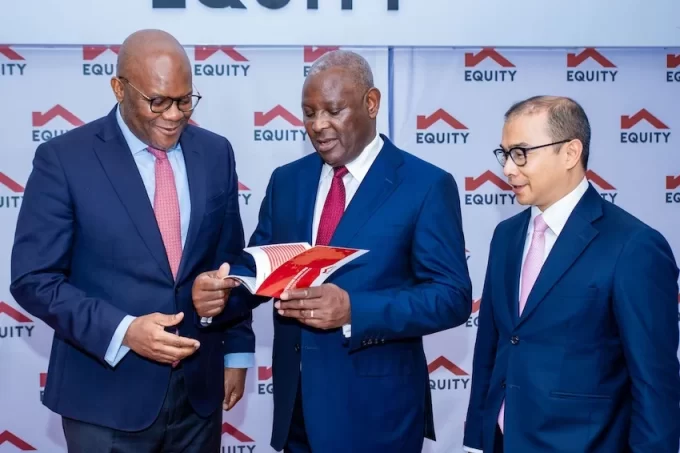Equity Group Holdings has reported a 22% growth in profit after tax of Ksh 5.9 billion up from Ksh 4.9 billion the previous year, attributing it to a culture of serial innovation, strong execution and customer centricity that constantly results in review of business model.
The 22% profit after tax growth reaffirms a differentiated strategy and business model, and strong execution leadership. These results reflect an acceleration in the momentum demonstrated in 2017 when the Group registered 14% profit after tax growth in a challenging environment where its peers reported negative earnings growth.
According to the Group, its new business model which focuses on customer centricity to deliver value and convenience, attracted a million new clients to reach a customer base of 12.2 million. Customers’ deposits grew by 9% to reach Ksh 382.4 billion up from Ksh 349.3 billion, boosting the balance sheet to top half a trillion shillings.
A major objective of the new business model is to enhance the quality of earnings and this saw non-funded income contribute 41% of the Group’s first quarter total income of Ksh 16.5 billion. Non-funded income streams saw trade finance income grow by 32%, merchant commissions by 23%, mobile banking commissions by 75%, Bond trading income by 152%, Swift & RTGS income by 45% and Diaspora Remittances by 183%.
Geographical and business diversification saw the subsidiaries significantly increase their profit contribution from 14% to 19% of the Group’s total profit, delivering on the Group’s objective of de-risking concentration. Sustained execution of the new business model resulted in subsidiaries growing their profit contribution by 65% to Ksh 1.5 billion with Equitel’s profitability growing by 204%, Equity Bank South Sudan by 291%, Equity Investment Bank by 481%, Tanzania by 68%, DRC by 78%, Rwanda by 58% and Uganda by 28%.
The Group says the re-engineering of its value chain is translating into operational leverage with digitization enabling customers to process 97% of all their transactions outside the high fixed cost brick and mortar branches. Customers interact with the bank on self-service channels of mobile and internet devices or on the 3rd party low variable cost infrastructure of 36,000 agents and 42,000 merchants. Digital mobile lending saw 92% of all loans processed online, making banking intermediation what you do on devices rather than the place you go to.
READ: BLOGGERS TO CHALLENGE NEW LAW
By virtualizing banking, the Group adds it has delivered on 24-hour banking services resulting in the convenience of compressing geography and time and allowing customers to access their money anytime and anywhere, ushering in lifestyle banking that empowers customers with freedom, choice, and control. Total income grew by 9% even with interest rates capping whilst total costs reduced by 1% and resulted in the Group’s cost income ratio improving to 47.5% from 49.4% the previous year. The Group sustained a high-quality loan book, with NPLs remaining at 6.3% against an industry average of 12%. IFRS 9 provisions enabled the Group to achieve a 105% NPL coverage.
While the high-volume transactions activity moved from the branches to alternate channels, branch productivity was enhanced with branch staff focused more on higher value-added services and cross selling the Group’s products and services to SMEs and Corporates while enhancing client relationship management and customer experience.
Fintech capabilities and innovations saw the Group disrupt Diaspora remittances processing that grew the volume processed within the quarter to Ksh 18.6 billion up from Ksh 3.2 billion the previous year, an increase of 474%. This increased diaspora remittance processing income by 183% from Ksh 42 million to Ksh 117 million within a period of 3 months. Fintech innovation in merchant banking through the introduction of Eazzy Pay mobile point of sale (POS) that converges payments through cards and mobile wallets in addition to introduction of a merchant POS able to process all major credit cards in the market, saw the merchant banking volume grow by 36% to Ksh 17.203 billion up from Ksh 12.651 billion with merchant commissions growing by 24%.
According to the Group, operating environment is showing signs of recovery across the region with the its key market, Kenya, done with its elections and business activity starting to pick up.
ALSO SEE: HEAVY FINE FOR M-PESA CHEATS
At the same time, it notes Kenya is planning to scrap interest rates capping that was introduced in September 2016. Across the region economic growth is expected to improve with Kenya’s GDP growth rate projected at 5.5% up from 4.8%. Uganda’s GDP projected to grow at 5.9% up from 4.8%, Rwanda’s GDP growth rate expected to reach 7.2% up from 6.1%.













Leave a comment